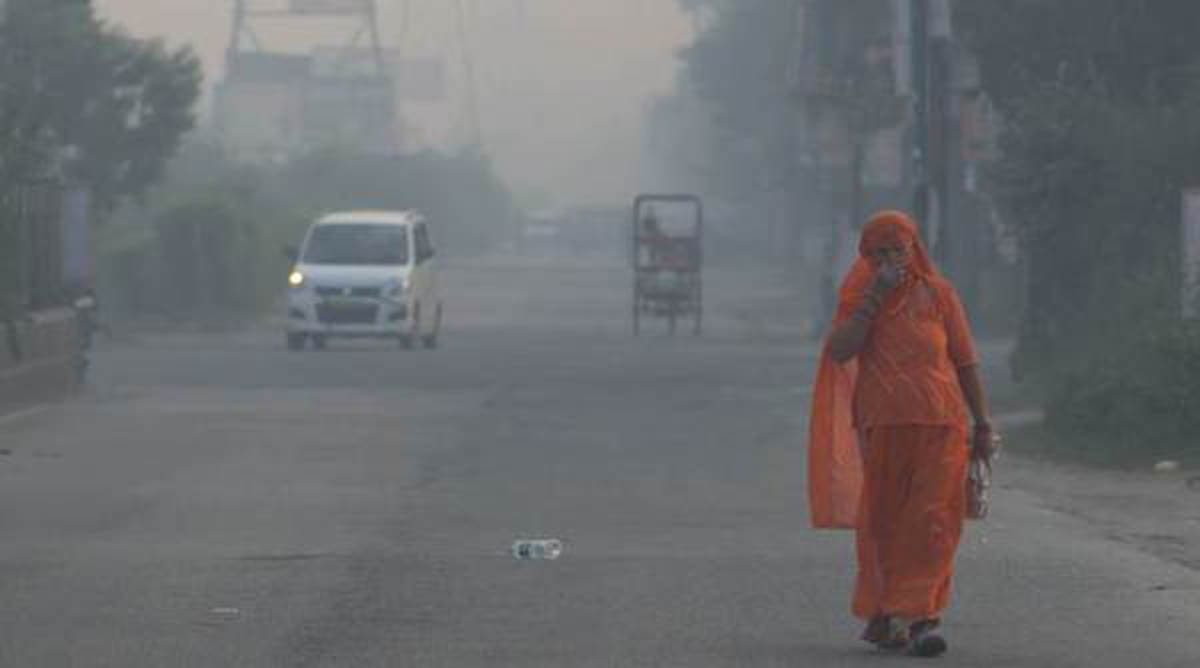BEIJING: Exposure to sources of outdoor pollution such as vehicle exhausts, and industrial emissions can increase a child’s risk of developing autism spectrum disorder by up to 78 per cent, a study has warned.
The research followed children in Shanghai from birth to three years to understand the effect of exposure to fine particles (PM2.5).
The study included 124 ASD children and 1,240 healthy children in stages over a nine-year period, examining the association between air pollution and ASD.
The study, published in the journal Environment International, is first to examine the effects of long-term exposure of air pollution on ASD during the early life of children in a developing country, adding to previous studies that have already linked prenatal air pollution exposure to ASD in children.
“The causes of autism are complex and not fully understood, but environmental factors are increasingly recognised in addition to genetic and other factors,” said Zhiling Guo, from Chinese Academy of Sciences.
“The developing brains of young children are more vulnerable to toxic exposures in the environment and several studies have suggested this could impact brain function and the immune system,” Guo said.
“These effects could explain the strong link we found between exposure to air pollutants and ASD, but further research is needed to explore the associations between air pollution and mental health more broadly,” he said.
Air pollution is a major public concern and is estimated to cause up to 4.2 million deaths (WHO) every year globally. Outdoor pollutants contribute to a high burden of disease and pre-mature deaths in countries including China and India, especially in densely populated areas.
According to Associate Professor Yuming Guo, from Monash University in Australia, global air pollution is rapidly becoming worse and there is no safe level of exposure.
“The serious health effects of air pollution are well-documented, suggesting there is no safe level of exposure. Even exposure to very small amounts of fine particulate matter have been linked to preterm births, delayed learning, and a range of serious health conditions, including heart disease,” said Guo.
The study examined the health effects of three types of particulate matter (PM1, PM2.5, PM10) — fine airborne particles that are the byproducts of emissions from factories, vehicular pollution, construction activities and road dust.
The smaller the airborne particles, the more capable they are of penetrating the lungs and entering the bloodstream causing a range of serious health conditions.
PM1 is the smallest in particle size but few studies have been done on PM1 globally and agencies are yet to set safety standards for it. (AGENCIES)
Trending Now
E-Paper


